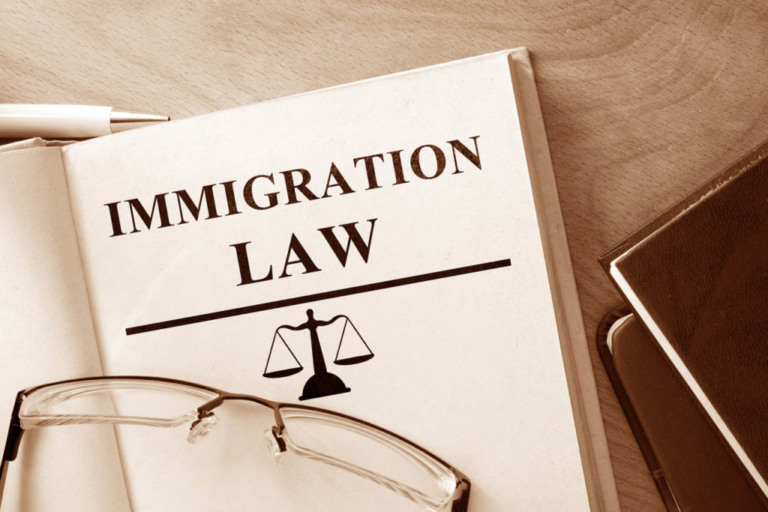Navigating Property Transfer: Expertise of a Conveyancer
Transferring property is a significant financial and legal undertaking that comes with a multitude of steps and considerations. It involves more than just signing on the dotted line; there are myriad legal procedures, documents, and compliance issues that need to be navigated with precision and knowledge. This is where the specialised role of a conveyancer comes into the equation. The expertise of a conveyancer is instrumental in ensuring the property transfer process is smooth, legally compliant, and free from unexpected complications.
What is a Conveyancer?
A conveyancer is a licensed professional whose expertise lies in property law, particularly in the realm of transferring property ownership. They play an indispensable role in guiding buyers and sellers through the conveyancing process, providing legal advice, preparing documents, and ensuring their clients meet all legal obligations. The conveyancer’s role encompasses various aspects of the property transfer, from drafting contracts to finalising the settlement.
The Role of a Conveyancer
The primary duty of a conveyancer is to handle the legalities of buying or selling property. They review the property’s title, search for any encumbrances or easements, and identify any issues that could impact the transfer or future use of the property. In addition, they prepare and lodge all the necessary documentation required for property transfer and communicate between the parties involved, such as the buyer, seller, banks, and other legal entities.
Property transfer is not a funfair of legal jargon; it is a statutory process that requires a methodical approach. Every local council and jurisdiction may have unique requirements, and conveyancers ensure that these are met. This may consist of arranging building inspections, checking for outstanding rates, and ensuring that all special conditions outlined in the contract are completed before settlement.
The role of a conveyancer extends to financial dealings too. They assess all costs related to the property transaction, including stamp duty, transfer fees, and any other statutory charges. The conveyancer arranges for these payments to be made on behalf of their client at the time of property settlement.
The Conveyancing Process Explained
The conveyancing process is often fragmented into several stages. Initially, there is the preparation of the contract of sale. The conveyancer reviews or drafts a contract that aligns with the client’s obligations and legislative requirements. This is followed by the pre-contractual stage, where they facilitate negotiations and amendments as needed.
Once the contract is signed, the conveyancer will carry out various searches to ensure there are no legal issues with the property. They also ensure that all conditions of the contract are met before the property is legally transferred. Then comes the pre-settlement phase, where fiscal duties are calculated and final checks are made.
The settlement stage is the climax of the process – the point at which ownership officially changes hands. The conveyancer will coordinate with financial institutions and other parties to exchange legal documents and ensure the appropriate disbursement of funds. Following the settlement, they will often handle post-settlement tasks, such as registering the property with the pertinent land titles office.
READ MORE : Unlock the Advantages of a Mastercard Gift Card
Benefits of Engaging a Conveyancer
Undoubtedly, the conveyancing process is intricate and layered. A slight misstep or oversight can lead to costly delays, legal repercussions, or the collapse of a property transaction. A seasoned conveyancer can navigate these complexities, safeguarding their client’s interests.
Conveyancers possess detailed local knowledge that is fundamental in property transfer procedures. They interpret and apply property laws that vary widely between different regions and councils. Clients benefit from this expertise as it ensures adherence to all regional property laws and regulations.
Perhaps the most understated benefit of a conveyancer’s role is the peace of mind they offer to clients. The assurance that a professional is meticulously handling one of the most significant transactions most people will make in their lifetime is invaluable. This alleviates stress and allows clients to focus on the practical and personal aspects of transferring property.
Choosing the Right Conveyancer
Selecting a conveyancer is an important decision. Prospective clients should consider qualifications, experience, local knowledge, and the ability to communicate complex legal matters in simple terms. A professional conveyancer will be transparent about their services, fees, and will offer guidance throughout the entire conveyancing process.
For those seeking a reputable conveyancer, it is prudent to do due diligence, such as checking their credentials and reading client testimonials. The conveyancer selected should demonstrate a firm understanding of property law, a systematic approach to tasks, and a track record of successful property transfers.
In Summary
Navigating the property transfer process can be daunting. It demands a command of legal procedures, attention to detail, and an understanding of the financial implications. Expert conveyancers are schooled in these disciplines and armed with experience.
Their role is to guide their clients through the maze of regulations, protect their interests, and ensure that the transfer of property is achieved with precision and due diligence. Whether buying or selling, engaging a conveyancer is a fundamental step toward a secure and successful property transaction.
In conclusion, when it comes to the labyrinthine task of transferring property, the expertise of a conveyancer is indispensable. It’s a journey best navigated with the aid of a professional who not only knows the path but also anticipates the hurdles and coordinates every step along the way.






